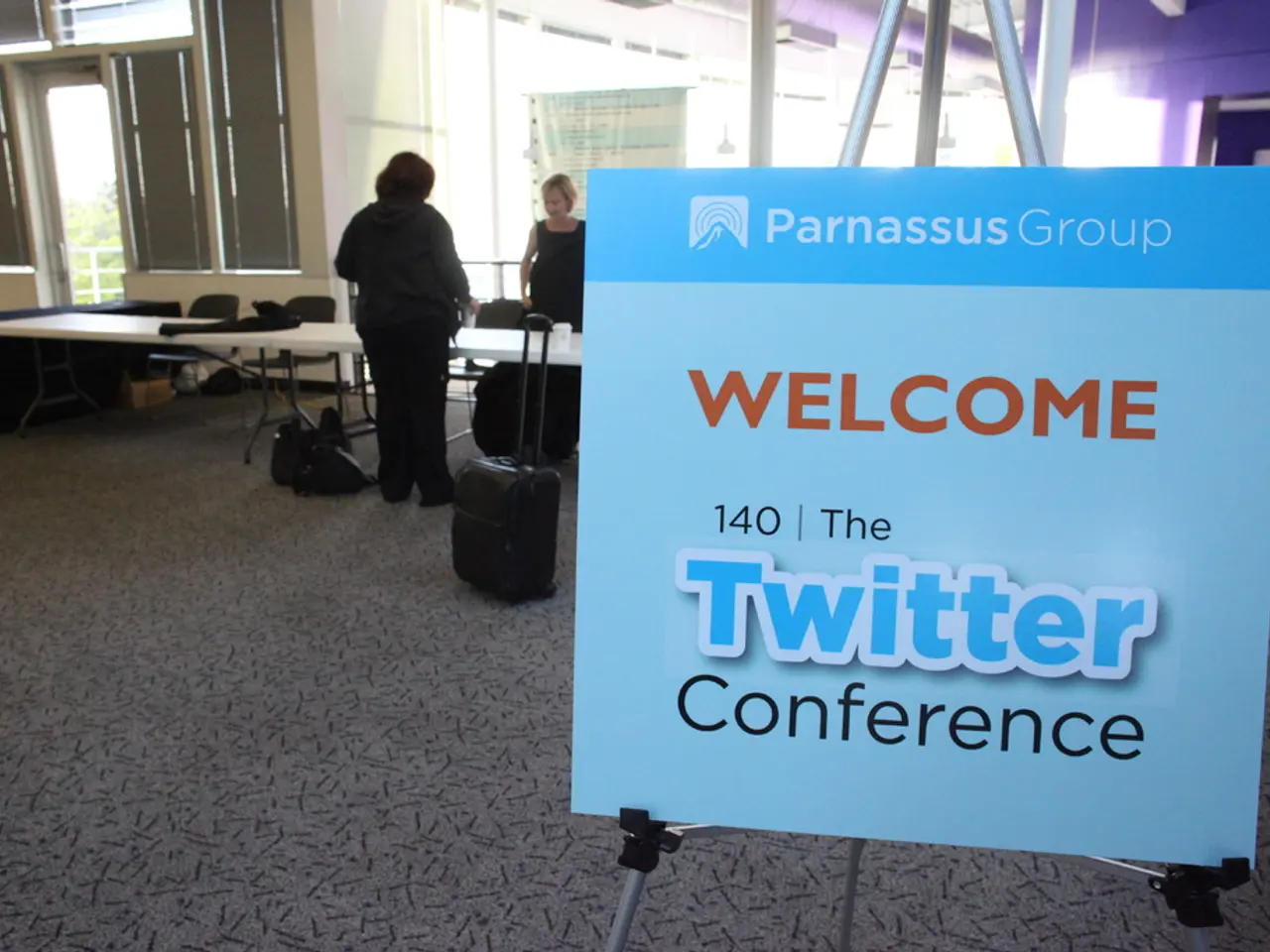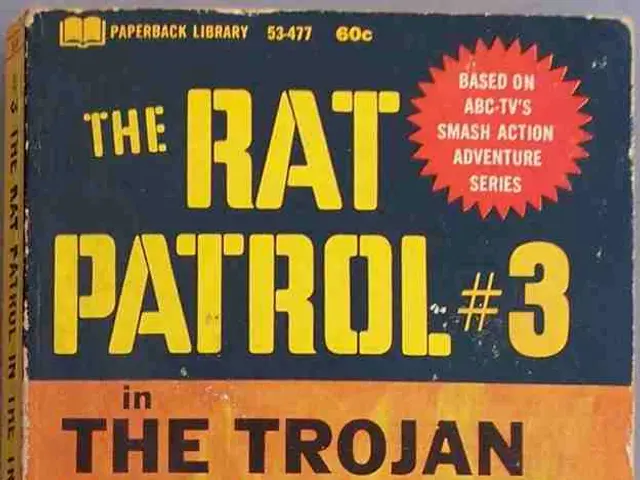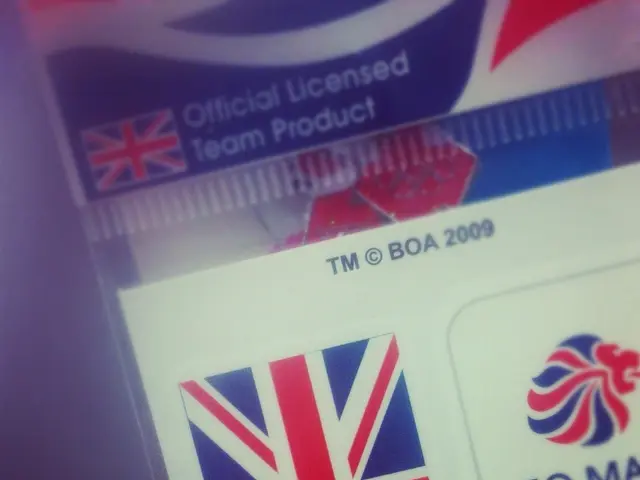Twitter Strategies for Promoting Influencers
In the digital age, crafting effective Twitter influencer briefs is crucial for maximizing engagement and conversions in the comment layer. Here's a guide on best practices that transform influencers into credible, utility-adding participants who interact strategically and quickly in targeted conversations.
Specifying Engagement Locations
Influencers should be active in specific accounts, recurring Spaces, and community threads to build influence organically within relevant conversations.
Pre-approved Reply Packs and Proof Assets
Provide pre-approved reply packets and proof assets to ensure that replies add real value and build trust, rather than generic comments.
Service Levels
Define service levels for responsiveness, ensuring timely interaction that maximizes visibility and conversions. This includes who replies quickly, who handles direct messages, and who triggers deeper engagement like Spaces if a thread gains traction.
Selecting Authentic Creators
Select creators who already belong authentically to the discourse, are credible public teachers, and capable of defusing objections directly in comments.
Pinned Proof Stack
Require a pinned proof stack in influencer profiles, so engagement replies can direct users to credible evidence and next steps.
Language Map
Include a language map in the brief outlining live vernacular, in-jokes, and sensitive topic redlines to maintain brand compliance and conversational credibility.
Prioritizing Reply Credibility
Prioritize reply credibility over sheer reach, as trust signals in the comment layer drive downstream conversions.
Additional Tactics
Incorporate clear strategic hooks in the influencer brief that specify scroll-stopping entrance points aligned with brand voice and platform trends. Leverage trend hijacking with a twist, hyper-specific pain-point prompts, and sensory-rich visuals to create memorable, engaging content hooks. Align influencer activities with an optimized Twitter profile and pinned tweets that reinforce brand messaging and provide clear calls to action once users reach the profile.
Other Considerations
High-intent replies from ad units are routed to a staffed DM inbox; document what qualifies for a sales handoff. Use a Twitter money calculator to estimate potential earnings before negotiating creator partnerships. Set DM settings to open for inbound and document what constitutes a qualified DM vs. a general inquiry so handoffs are consistent. Train influencers to initiate timely follow-ups using Twitter DM features, including media attachments and quick reply options for faster conversions.
Targeting should mirror influence, not just interest, starting with follower lookalikes of the creators and anchor accounts. Dark posts are unpublished paid units that don't hit the creator or brand timeline but can be targeted, compared, and rotated at scale. The approach involves "earning the follow" by having creators comment consistently on 30-100 relevant accounts to become recognizable before any facilitation or co-creation.
Use X Twitter threads to package multiple high-value insights in a single narrative, driving more profile visits and extended engagement time. Use paid posts to extend creator threads, not replace them. Influencer-led Twitter campaigns are operational ecosystems, with structured briefs for every creator, post type, and platform feature. Creators with verified on Twitter status often enjoy higher trust and discoverability, making their endorsements more credible in crowded timelines.
Spaces should be treated as live campaign assets and embedded in the influencer activation calendar. Encourage creators to combine consistent posting with audience interaction to get more followers on Twitter who are genuinely aligned with the brand. A shared "objection bank" is maintained that updates briefs weekly. Track audience growth, engagement types, and content reach through Twitter analytics to determine which influencer activations drive the strongest results.
Deploy vetted Twitter automation tools to schedule posts, monitor mentions, and manage multiple creator accounts without sacrificing authenticity.
Incorporating technology such as pre-scheduled posts and Twitter automation tools can help influencers maintain a consistent presence on social-media platforms like Twitter, engaging with their followers effectively. To build credibility and trust among the audience, it's essential to use authentic creators who already belong to the discourse and possess the ability to defuse objections in comments. This strategy, combined with the use of clear strategic hooks and sensory-rich visuals, can lead to more memorable and engaging content that drives conversions.




